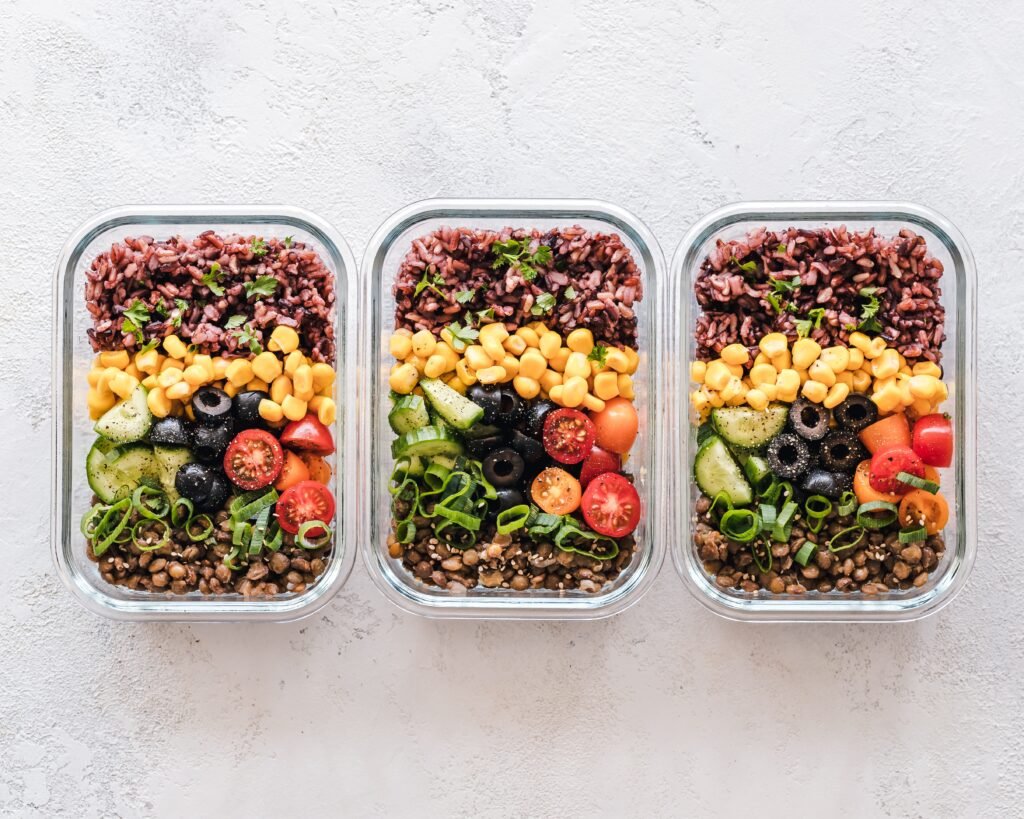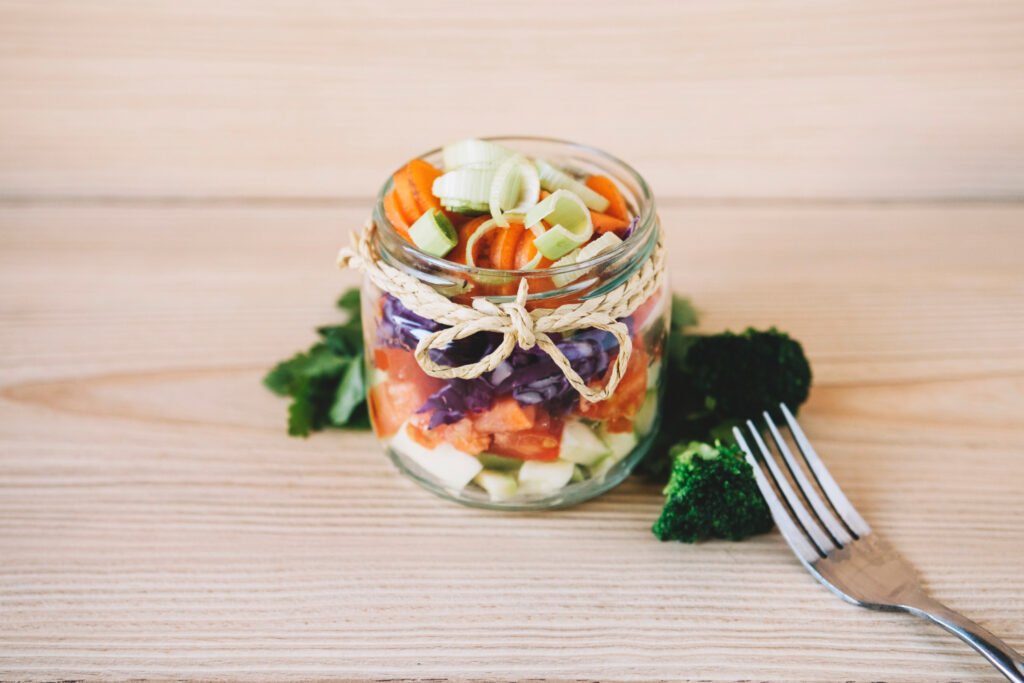
Lunchtime at school is an important part of a child’s day. It provides them with the energy and nutrients they need to stay focused and active throughout the afternoon. Planning the perfect lunch box for your kids can be a fun and creative task. Here are some tips and innovative ideas for planning the perfect lunch box for kids, which will help you create nutritious and delicious lunch boxes that your children will love.
1. Balance Nutrients
The key to a perfect lunch box is balance. Aim to include a variety of food groups, such as fruits, vegetables, lean proteins, whole grains, and dairy. Create a colourful fruit salad with a mix of fruits in different colours. It’s visually appealing and provides a variety of vitamins. This ensures your child gets a well-rounded meal that provides essential nutrients.
2. Get Creative with Presentation
Kids are more likely to eat their lunch if it looks appealing. Consider using cookie cutters to create fun shapes from sandwiches, fruits, and vegetables. Plan themed lunches based on your child’s interests, such as a “Pirate’s Lunch” with mini sandwiches shaped like ships or a “Garden Party” with fruit and veggie flower shapes. When food looks exciting, children are more likely to enjoy it.
3. Include Their Favourites
While it’s essential to offer a variety of foods, don’t forget to include some of your child’s favourite items. Whether it’s their beloved fruit, a snack they enjoy, or a particular type of sandwich, incorporating their preferences ensures they look forward to their lunch.
4. Plan Ahead
Planning is the key to success when it comes to lunch boxes. Create a weekly meal plan with your child’s input, and make a shopping list accordingly. Preparing items in advance, such as washing and cutting fruits and vegetables, can save you time during the morning rush.
5. Make It Interactive
Consider making the lunchtime experience interactive. Include a small note or message in the lunch box to brighten your child’s day. Use food to leave a sweet message or draw a picture in your child’s lunch. You can write on a banana with an edible marker or create a message using raisins or small candies.
6. DIY
You can involve kids in packing their lunch, allowing them to choose from healthy options and assemble their meals, fostering a sense of responsibility. For example: Pack small pizza components separately, such as whole-grain pita bread, tomato sauce, cheese, and toppings. Kids can assemble their own mini pizzas at lunchtime.
Some innovative ideas
1. Wrap it Up
Instead of regular sandwiches, try wraps or pinwheels. Use whole-grain tortillas and fill them with a variety of ingredients like lean meats, veggies, and spreads. Roll them up and cut them into bite-sized pieces for a fun twist.

2. Colourful Veggie Chips
Make your own veggie chips by thinly slicing vegetables like sweet potatoes or beets, baking them, and adding a sprinkle of their favourite seasoning.

3. Salad in a Jar

Layer a mason jar with salad ingredients in an appealing way, with dressing at the bottom. When it’s time to eat, simply shake the jar to mix everything together.
4. Miniature Food Skewers

Create bite-sized food skewers with pieces of cheese, cherry tomatoes, and whole-grain crackers. It’s a fun way to present healthy snacks.
For more valuable insights and resources on child development and safety, visit Chrysalis High.
FAQ
How can I ensure my child’s lunch box is nutritionally balanced?
Discover tips for incorporating a variety of food groups to ensure your child receives the essential nutrients needed for their growth and development.
Are there creative and practical ideas for packing appealing lunches?
Explore innovative suggestions to make your child’s lunch visually appealing, enticing them to enjoy a diverse and nutritious meal each day.
What are some time-saving strategies for planning the perfect lunch box?
Learn efficient planning techniques to streamline the lunch preparation process, making it convenient for both parents and caregivers.
How can I accommodate different dietary preferences and restrictions in lunch planning?
Find guidance on catering to diverse dietary needs, including allergies or preferences, while still ensuring a tasty and well-rounded lunch box for your child.


